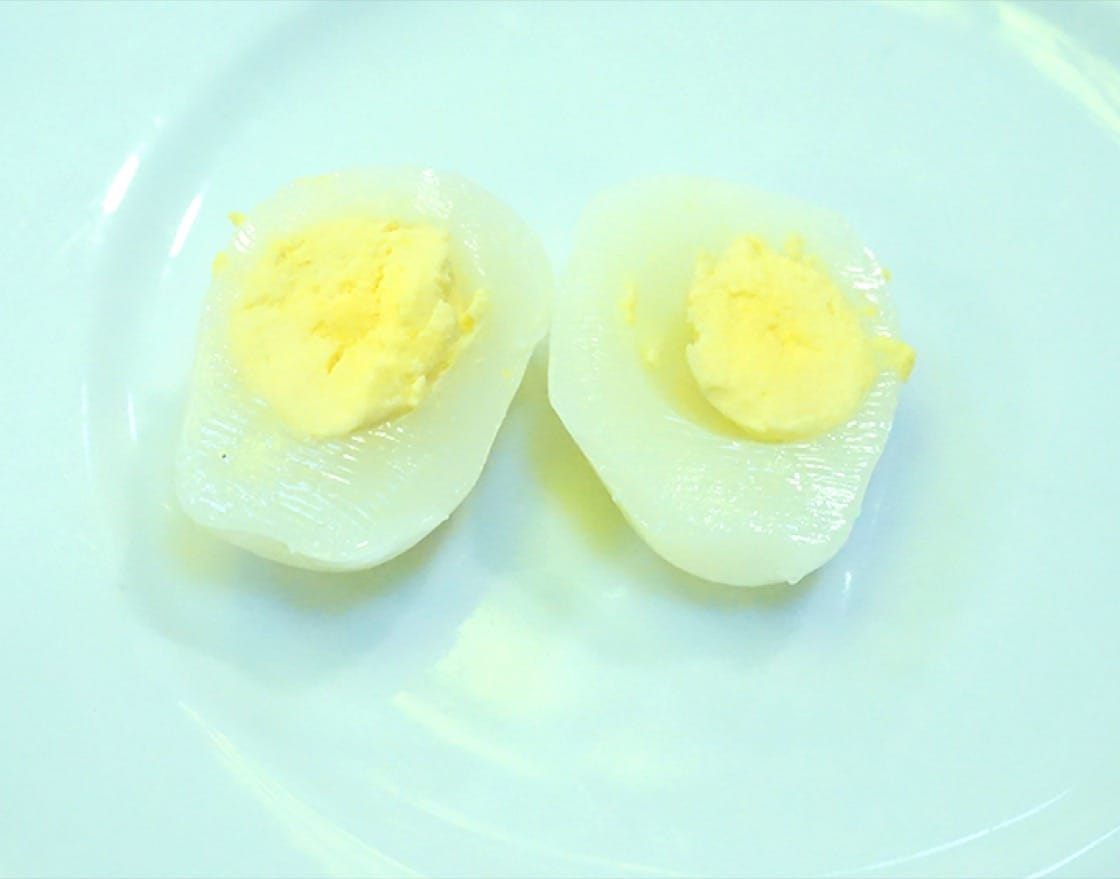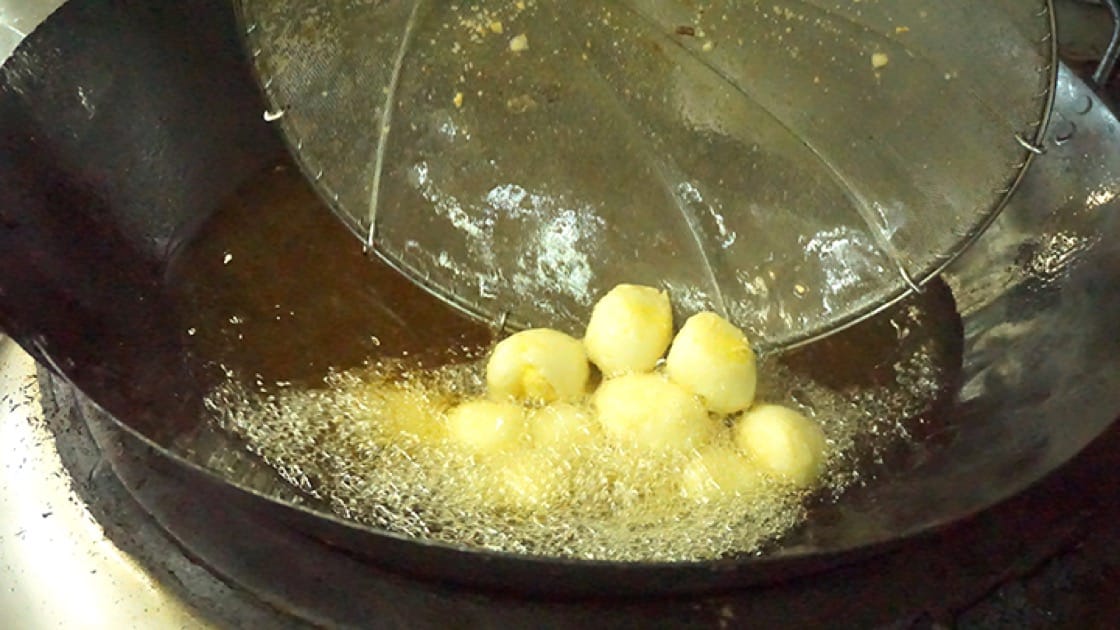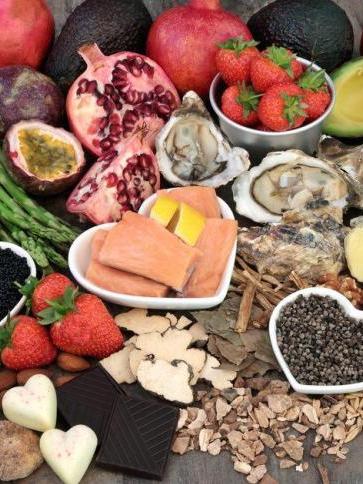Even centuries ago, the pigeon egg was already embraced with enthusiasm by the ancient royal court as a recurring star in sumptuous banquets. In the quintessential aristocratic dish Buddha Jumps Over the Wall, a small deep-fried pigeon egg rivals such expensive ingredients as dried abalone, shark’s fin and fish maw in importance. It also makes a cameo appearance in the literary classic Dream Of The Red Chamber as a motif of prestige. Being small does no harm to its popularity among connoisseurs.

Wise Species
The high cost of pigeon eggs actually has something to do with the bird’s intelligence. Unlike a hen, a female pigeon lays only two to three eggs every fortnight, meanwhile memorising how many eggs are laid. When the pigeon’s keeper picks up an egg, he needs to replace it with a fake egg. Had the pigeon discovered its precious egg was taken away, it would be become melancholic or so overwhelmed that it would not lay any more eggs. In addition, fertilised eggs cannot be sold, which makes pigeon eggs a rare commodity in the market.

Handle With Care
As pigeon eggs are a valuable ingredient, their delivering to restaurants cannot be taken lightly. At about 3cm long, the egg has a smooth surface and a porcelain-white shell.
“The shell of a pigeon egg is as thin as paper and very crispy. It breaks as soon as it takes a hit. Therefore, it has to be placed inside layers of sawdust during transportation. Even if the eggs are delivered by hand, there would be more than 10 eggs broken on the way in every 200,” said Yeung Cho Kwok, executive chef at Lung Wah Hotel in Hong Kong, which has had pigeon egg on its menu for a long time.
Every time a pack of pigeon eggs arrive, they are mined as carefully as possible from a sawdust-filled container. Any unnecessary pressure on the shell could cause the eggs to break. To avoid any accident in the storage room, Yeung has the eggs steamed as soon as they arrive before further cooking when an order is made.
“The pigeon egg shell is too thin and crispy. If you put the egg in boiling water, it could follow the water current and knock on something,” he noted.

The Animal Ginseng
Is it worth it to make such a fuss over a tiny egg? Traditional Chinese medicine experts call it the “animal ginseng”, as it is able to fortify the kidneys. A notable Qing Dynasty book about food and health introduces the egg as “mild, soothing heat, removing toxins, nourishing the kidney and benefitting the body”. In traditional Chinese medicine system, it encourages the flow of energy in our body and improves skin conditions, which makes it especially good for women.
Cooked pigeon egg has a really alluring texture. As the shell is broken open, the egg white looks slightly translucent, revealing hints of the yellowish yolk. Some describe it as a crystal rock, others night pearl.

Smooth As Silk
Its smooth and bouncy surface might help the pigeon egg evade less accomplished chopstick users. Once in the mouth, the silky exterior would remind one of jelly. Combined with a richer aroma than chicken eggs, this edible gemstone is certainly delicious enough to make a lasting impression on diners.
“Since pigeon eggs are so small, they can’t be used to make scrambled egg. Traditionally, they are served whole so customers can taste their original flavour,” Yeung said.
Lung Wah’s signature dish is pigeon eggs in bird’s nest. Steamed and shelled, the eggs are rolled in flavoured cornstarch and dropped into hot oil until they turn golden. The egg’s crunchy surface counters the soft interior, its taste boosted by salt and pepper. It is a deeply satisfying dish.
Although Lung Wah has set up a pigeon farm in mainland China to secure supply, the number of pigeon eggs available is still rather low. Every batch sent to the restaurant is sold out within days. If you intend to try them, follow Yeung’s advice to reserve in advance.


















